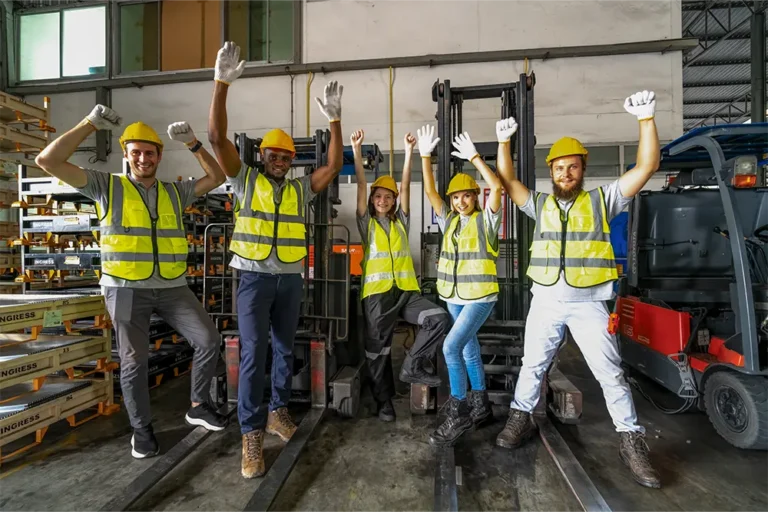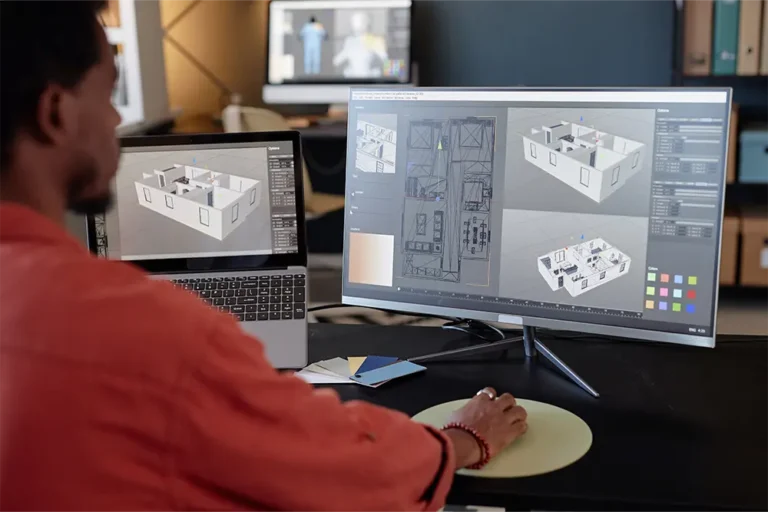In recent years, LiDAR (Light Detection and Ranging) technology has transformed the way we approach large-scale fabrication. Traditionally used in fields like topographic mapping and autonomous vehicles, LiDAR is now being adopted across the stone, glass, marine, and construction industries for its unmatched precision and efficiency. This article explores how LiDAR scanning elevates fabrication workflows, reduces waste, and ensures flawless results, even on the most complex projects.
What is LiDAR Scanning?
LiDAR is a remote sensing method that uses light in the form of a pulsed laser to measure distances to surfaces. These light pulses—combined with data collected by the scanner—generate precise, three-dimensional information about the shape and features of environments or objects. This 3D data is known as a “point cloud” and forms the foundation for ultra-accurate measurements and models.
Why LiDAR Matters in Fabrication
Large-scale fabrication, especially in industries like stone, marine, and custom interiors, demands millimeter precision. Even small errors in measurements can lead to costly reworks, material waste, or installation delays. Here’s why LiDAR is a game-changer:
- Unmatched Accuracy: LiDAR scanners deliver high-resolution data with precision often within ±1 mm, far exceeding manual measurement tools.
- Time Efficiency: Complex environments can be scanned in minutes, drastically reducing the time spent measuring on site.
- Complex Geometry Capture: Whether it’s curved boat interiors or irregular stone surfaces, LiDAR captures shapes and contours in detail.
Applications of LiDAR in Fabrication
1. Stone Industry
- Mapping large slabs and countertops
- Capturing entire kitchen or bathroom layouts
- Ensuring perfect miter joints and edge alignment
2. Marine Interiors
- Scanning complex cabin geometries
- Creating templates for boat decking and wall panels
- Retrofitting tight or curved areas with precision
3. Glass Installations
- Measuring large curtain walls or structural glass panels
- Identifying irregularities in pre-existing wall structures
- Avoiding installation errors in architectural glasswork
4. Commercial Construction
- Mapping full floor layouts
- Integrating with BIM (Building Information Modeling) systems
- Coordinating HVAC, plumbing, and surface finishes
The LiDAR Workflow in Fabrication Projects
- Initial Site Scan
Using a tripod-mounted or handheld LiDAR scanner, technicians capture the environment with millions of points in just minutes. - Point Cloud Processing
The raw data is cleaned and converted into usable 3D models, CAD drawings, or DXF/DWG files for production. - Design & Adjustment
Designers overlay material templates or cut layouts onto the scan data to ensure perfect fit. - Fabrication
CNC machines and other fabrication tools receive highly accurate files that minimize cutting errors. - Installation
Installers benefit from perfect-fit components that reduce or eliminate on-site modifications.
Benefits Over Traditional Methods
- Zero Guesswork: Manual templates are prone to human error. LiDAR eliminates guesswork, even in curved or angled spaces.
- Better Collaboration: Point clouds and models can be shared digitally with designers, fabricators, and installers.
- Reduced Material Waste: Precision scans help fabricators cut exact dimensions, minimizing offcuts and saving costs.
- Scalability: Ideal for single-room projects or entire buildings, LiDAR adapts to the scale of any fabrication job.
Real-World Example: Large Retail Space Renovation
A major retail brand commissioned a full interior renovation of a 10,000 sq. ft. flagship store. LiDAR scanning was used to capture the as-built environment, including curved ceiling elements, uneven walls, and custom architectural features. Based on the scans, all interior panels, glass dividers, and counters were fabricated with millimeter precision. Installation took 30% less time than planned, with zero rework required.
Integrating LiDAR with Other Tools
LiDAR becomes even more powerful when integrated with:
- Prodim Proliner and LT-2D3D systems for fine-tuned templating
- CNC routers and waterjets for automated cutting
- 3D Rendering software for visualizing final installations before fabrication begins
Conclusion
LiDAR scanning is more than just a futuristic tool—it’s a practical solution for today’s most demanding fabrication projects. It reduces error, speeds up production, and delivers results that manual methods simply can’t match. Whether you’re in the stone industry, marine, or architectural glasswork, adopting LiDAR could be the single most important upgrade you make to your workflow in 2025.corper nulla non metus auctor fringilla. Integer posuere erat a ante venenatis dapibus posuere velit aliquet. Lorem ipsum dolor sit amet, consectetur adipiscing elit. Donec sed odio dui. Fusce dapibus, tellus ac cursus commodo, tortor mauris condimentum nibh, ut fermentum massa justo sit amet risus. Integer posuere erat a ante venenatis dapibus posuere velit aliquet.


